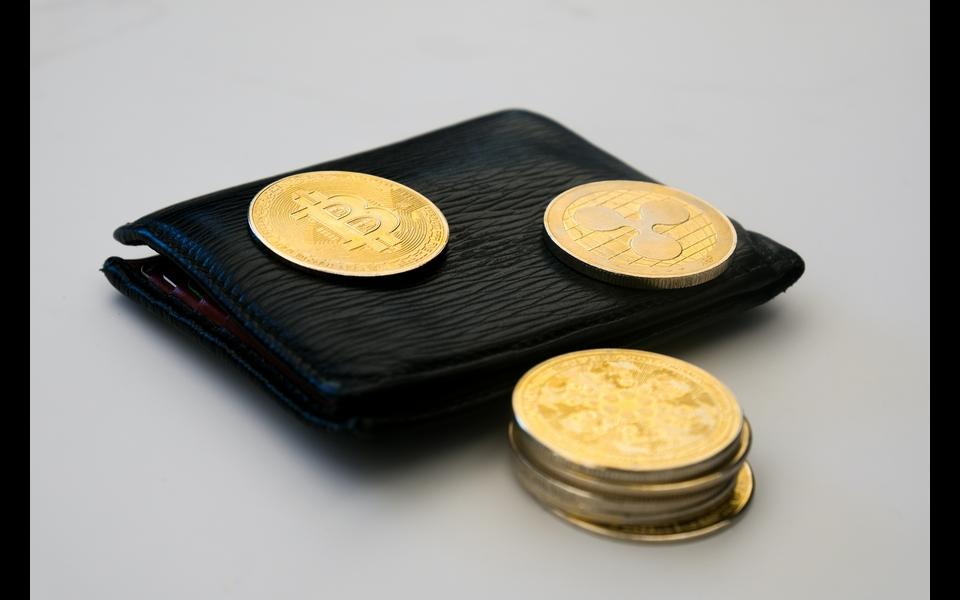Managing multiple cryptocurrency wallets is essential for traders, investors, and crypto enthusiasts who wish to maintain security, organization, and efficiency. Without a proper system, it is easy to lose track of assets or expose funds to unnecessary risks. This article explores the best strategies for managing multiple wallets, structured in parts and sub-parts for clarity.
Understanding the Purpose of Multiple Wallets
Why Multiple Wallets Are Necessary
Using multiple wallets allows users to separate assets based on their function. Some wallets are designed for daily trading, while others serve as long-term storage. Separating wallets helps reduce risk, as a compromise in one wallet does not affect all holdings. It also allows better organization of assets across different platforms or blockchain networks.
Types of Wallets
Wallets generally fall into two categories: hot wallets and cold wallets. Hot wallets are connected to the internet and allow quick transactions, making them ideal for trading. Cold wallets are offline and highly secure, perfect for long-term storage. Understanding the strengths and limitations of each type is essential for effective wallet management.
Choosing the Right Wallets
Matching Wallets to Their Purpose
Each wallet should serve a specific purpose. Traders may prefer wallets that support multiple cryptocurrencies and provide easy access, while investors may prioritize wallets with strong offline security. Wallets used for DeFi, NFTs, or staking require additional functionality and compatibility with smart contracts.
Security Features to Consider
Security features like multi-signature approval, two-factor authentication, and backup recovery options are critical. Choosing wallets that offer these protections ensures that even if one wallet is compromised, funds remain safe in others.
Organizing Wallets Effectively
Tracking Wallets and Assets
A clear system to track each wallet, its purpose, and the assets it holds is necessary. Maintaining a secure ledger, whether digital or physical, can help prevent confusion and ensure that no assets are lost or forgotten.
Segregating Funds by Function
Dividing wallets based on their function simplifies management. For instance, one wallet can be reserved for trading, another for long-term holding, and a third for interacting with DeFi platforms. This separation ensures that high-risk activities do not endanger long-term investments.
Maintaining Security and Backups
Regularly Updating Wallets
Software wallets and hardware devices often release updates to enhance security. Keeping all wallets up to date reduces the risk of vulnerabilities and protects funds from emerging threats.
Creating Secure Backups
Backups of private keys and recovery phrases are essential. These should be stored in secure locations separate from the wallets themselves. Offline backups, such as paper wallets stored in a safe, are highly recommended for cold wallets.
Using Multi-Factor Security
Implementing multi-factor authentication and multi-signature features adds extra layers of protection. This ensures that even if one layer is compromised, unauthorized access is prevented.
Streamlining Transactions
Monitoring Wallet Activity
Keeping a close eye on wallet transactions helps detect any unusual activity early. Using tools or apps that consolidate wallet information can make monitoring easier across multiple wallets.
Reducing Transaction Errors
Maintaining clear notes about wallet addresses, transaction purposes, and amounts helps avoid sending funds to the wrong address. Careful verification is especially important when managing multiple wallets to prevent accidental loss.
Periodic Review and Optimization
Assessing Wallet Efficiency
Regularly reviewing each wallet’s performance and usage ensures that funds are allocated optimally. Unused or redundant wallets can be consolidated, and wallets lacking security features can be replaced.
Adjusting to Changing Needs
As investment strategies evolve, wallets may need to be reassigned or repurposed. Staying flexible and adapting wallet usage according to trading patterns, new blockchain networks, or emerging crypto opportunities is essential for efficient management.
Conclusion
Managing multiple cryptocurrency wallets requires planning, organization, and strong security practices. By understanding wallet types, choosing the right wallets, maintaining backups, and periodically reviewing wallet usage, users can ensure their digital assets remain secure and easily accessible. For businesses or individuals looking for advanced solutions, leveraging professional Cryptocurrency Wallet Development Services can provide customized, secure, and efficient wallet management systems. WisewayTec offers these services, helping clients streamline wallet operations while maintaining the highest level of security and reliability.
Frequently Asked Questions (FAQs)
1. Is it safe to keep all my cryptocurrencies in one wallet?
While possible, keeping all funds in one wallet increases risk. Using multiple wallets reduces exposure to hacks and errors.
2. How often should I back up my wallets?
Backups should be created whenever a new wallet is added or private keys are updated. Periodic checks are also recommended to ensure backup integrity.
3. Can I use the same wallet for different cryptocurrencies?
Some wallets support multiple currencies, but it is often safer to separate assets, especially for long-term storage or high-value holdings.
4. What is the difference between hot and cold wallets?
Hot wallets are online and convenient for frequent transactions but more vulnerable to hacks. Cold wallets are offline, providing enhanced security for long-term storage.
5. How can multi-signature wallets improve security?
Multi-signature wallets require multiple approvals for transactions, reducing the risk of unauthorized access even if one private key is compromised.

